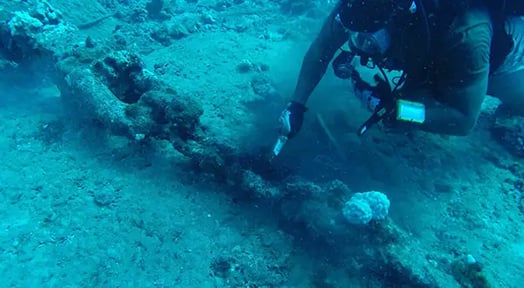Google just announced plans for ‘Dunant,’ a private undersea cable that will send data between Virginia and France.

Google has invested in 13 undersea cables, but Dunant is only their 4th private cable, and an important asset for Google (the first non-telecom company to run private intercontinental cables) in big tech’s deep-ocean battle for broadband.
Oceaning is the new streaming
In 1858, the Atlantic Telegraph Company laid the world’s first cross-pond cable. Giddy US Prez Buchanan sent Queen Victoria the first transatlantic text — and it reached Her Majesty 17 hours and 40 minutes later.
Today’s cables (optical fiber instead of copper) can send the equivalent of 1.25T of Buchanan’s messages per second. So while satellites are cool and all, old-school wires still run the (Netflix) show: 97% of the world’s intercontinental data travels along undersea cables.
‘Hey, Zuckerberg and Bezos, would ya get off the line already?!’
Earlier this year, Facebook and Microsoft announced a 4.1k-mile cable called Marea between Virginia and Spain. Facebook, Amazon, and Softbank also teamed up on an 8.7k-mile transpacific cable system.
The vast majority of the world’s 428 undersea cables (illustrated on this sweet map) are administered by these partnerships. But, they require something that Google isn’t willing to do: share. To connect their growing network of global data centers, Google wants to win with their own wires.
Starting in 2020, it will give Google unchallenged bandwidth for 15 to 25 years — or until it’s severed by a shark or a spy…

